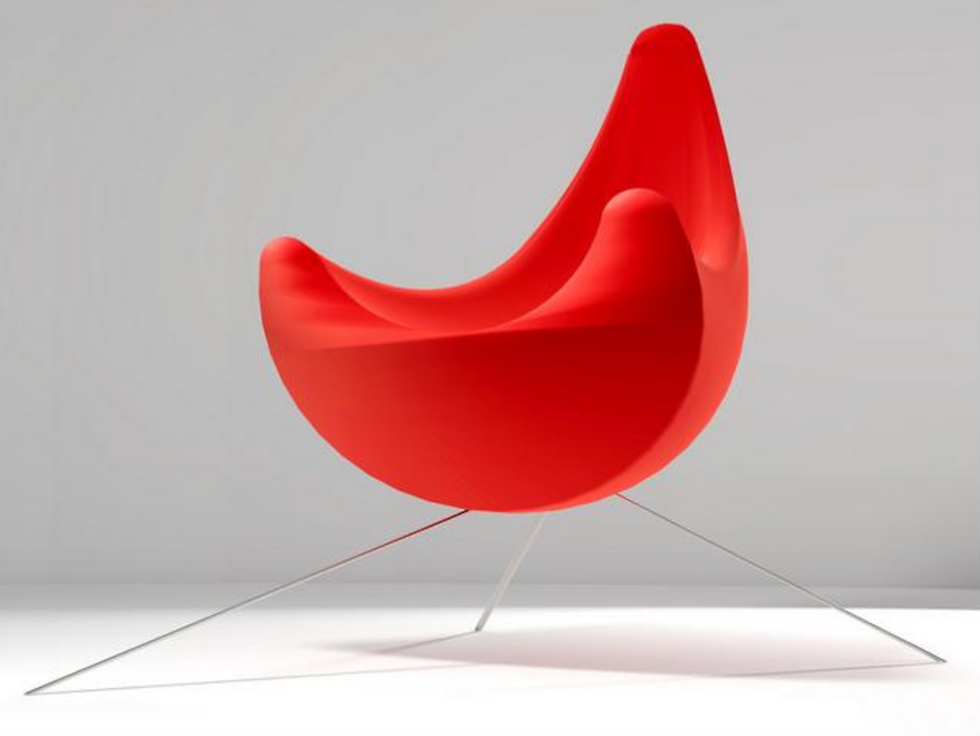Principles of Design - Berimbau Chaise, a case-study.
- Vitório Paulo
- Aug 17, 2024
- 2 min read
Hello everyone,
I'm updating a post from late 2014 to delve into the importance of discussing the conceptualization of a product. As a case study, I'll use the Berimbau Chaise, a piece of furniture I designed in 2002. To grasp the objective of this post, it's crucial to explore the principles of the design process.

To make a product marketable, it's essential to tell a story about it. In this post, I will share my thoughts on this matter. When discussing product design, consider the following:
What is the concept?
How did the idea come about?
What influences guided the product's development?
What is the intention behind its creation?
Who is the target market? Is the product meant for limited, high-priced sales or mass production with lower prices?
What will be the distribution channels and timeline for the product release?
What strategies will be used to market the product to the target audience?
Most importantly, is the product industrially viable, aesthetically pleasing, functional, eco-efficient, and capable of establishing a strong emotional connection with the end-user? And is the market ready for it?
The success or failure of a product hinges on many factors. Leonardo Da Vinci serves as an example: he designed products that could be crafted in his time, but also conceived ideas like the helicopter and parachute that couldn't be realized until centuries later due to technological limitations. Similarly, a product can fail if the market isn't ready for it, even if it's technologically feasible.
If a product meets all the above criteria, it's vital to link a compelling story to it. In today's market, consumers seek more than functionality; they desire joy, pleasure, and well-being from their purchases. A product that resonates emotionally with consumers stands out from the competition.
As an example, I've written a synopsis for the Berimbau Chaise, a piece selected for the final of the Movelpar Design Awards in 2005. At the time, I managed its production, marketing, and sales, targeting a niche market with high-value, unique pieces.
I will share stories about other conceptual furniture I've designed in future posts.
I hope you enjoyed this post and welcome your thoughts and feedback.
Best regards from Brazil,
Vitório Paulo

"
Rucungo, Urucungo, or Orocongo. These are names for the Berimbau across Africa. This unique instrument crossed the Atlantic with enslaved Africans, arriving in colonial Brazil. The Berimbau is central to traditional Capoeira circles, showcasing Brazil's rich, diverse culture.
The Berimbau's timbre celebrates the rhythm, dance, and joy of Brazil, as echoed in the verses of Vinícius de Moraes and Baden Powell.
The Berimbau Chaise, inspired by its namesake instrument, addresses design issues with genuine Brazilian character. Aimed at a discerning audience who appreciates Brazil's history and culture, it fits into living rooms, terraces, and verandas.
The Berimbau Chaise is a tribute to “São Salvador da Bahia,” my hometown, offering a piece of "Bahia de Todos os Santos" to those who wish to bring its spirit into their homes.
BARROSO, Ary. "Isto Aqui, o que é."
DE MORAES, Vinícius. "Berimbau."
PAULO, Vitório. "Chaise Berimbau," 2002.


This chair is amazing!! I'm so glad to see this tribute to our motherland!! It's available to purchase? Let me know!!